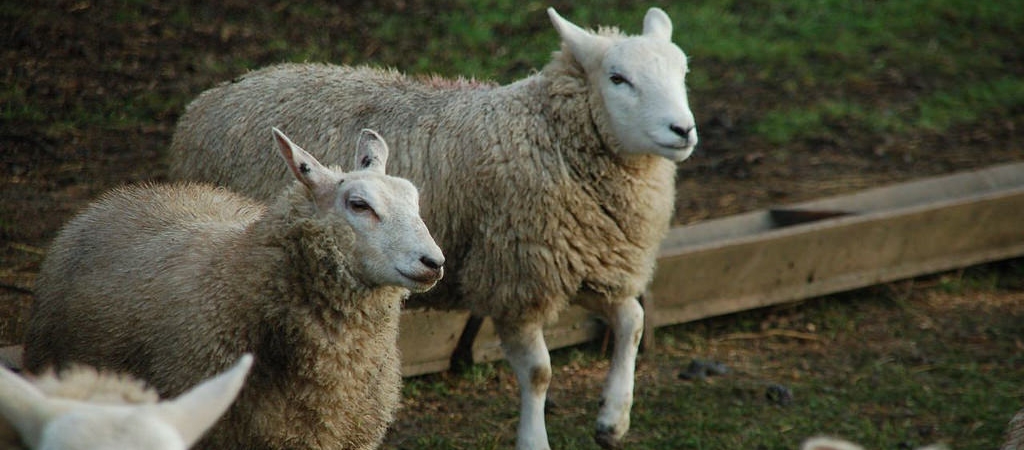Reducing Lameness for Better Returns
Sheep BRP Manual 7
A guide to help you recognise and manage the different causes of sheep lameness.
Resource explained
Lameness in sheep has welfare implications and financial costs; through impaired performance and the cost of treatment.
In 2011, the Farm Animal Welfare Council (Committee) recommended that lameness levels in flocks should fall to an average of 5% by 2016 and 2% by 2021 through the use of management practices.
Although it is not possible to entirely eradicate lameness, recognising the different types, understanding the causes and developing management strategies will help you reduce the physical and financial impacts of having lame animals.
This manual, produced as part of the AHDB Beef & Lamb Better Returns Programme, describes in detail diseases that cause lameness in sheep (explaining the signs, causes, treatment and prevention for each) and outlines a five-point management plan to combat them.
Findings & recommendations
- The six main causes of lameness are scald, footrot, contagious ovine digital dermatitis (CODD), toe granuloma, toe abscess, and shelly hoof.
- Correct identification is key to effective treatment and management. A useful ‘decision tree’ is included in the manual.
- Always seek veterinary advice if you are unsure of the necessary course of action.
- Firstly identify the number of lame sheep in your flock to create a base level from which to measure improvements. Then establish a treatment and prevention strategy and set an achievable target.
- Prevention is better than cure. The five-point management plan is recommended where footrot, scald and/or CODD have been diagnosed:
- Cull – removing persistently lame animals from your flock will help to prevent infection spreading.
- Quarantine – bought-in/returning animals should be quarantined for 28 days minimum and checked for lameness before mixing with other sheep.
- Treat – with foot sprays, foot trimming, foot baths and antibiotics. Rapid treatment is key to stopping the cycle of infection.
- Avoid – bacteria thrive in wet, soiled areas so take actions such as improving conditions in permanent handling areas, using mobile systems, rotational grazing, and using lime around troughs and feed barriers.
- Vaccinate – there is a footrot vaccine.
Also see ‘The Five Point Plan for tackling sheep lameness‘
